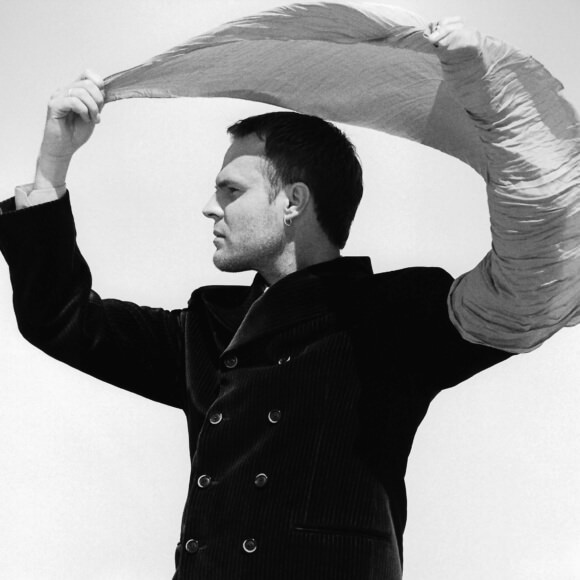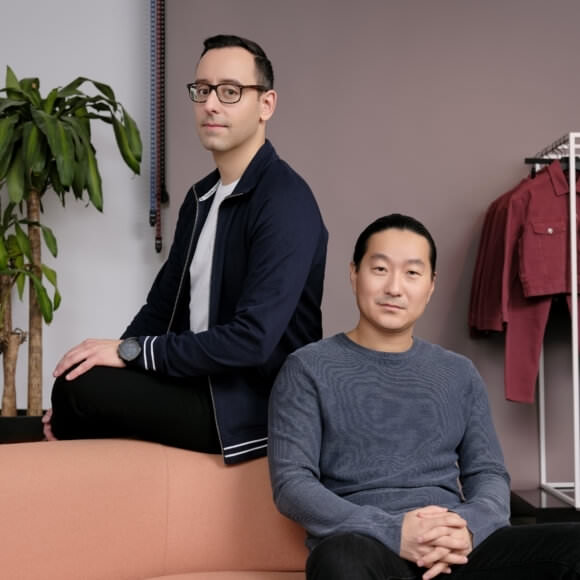A veritable 1980s phenomenon that spanned a period of some 15 years, the Parachute brand from Montreal designers Harry Parnass and Nicola Pelly was a creative and commercial success right across the globe, especially in the key North American fashion hubs of New York and Hollywood.
Trained in architecture and urban design in the United States, Harry Parnass (Leipzig, Germany, 1935) was teaching at the Université de Montréal when he began his career in the fashion industry in 1964. Consulting for the new Quebec chain Le Château, he began by creating store layouts and then moved on to designing original clothing that was very well received. In 1977, Le Château hired Nicola Pelly (Leamington Spa, England, 1948) to assist Parnass with his fashion designs; they immediately hit it off. Several months later, the two designers had become a couple and left Le Château to found the company Parnass-Pelly Limited. In 1978, they opened the first Parachute store on Montreal’s Crescent Street.
Parachute’s military-inspired outfits and soft blazers immediately became all the rage. Despite lacking both a display window and a sign, the shop quickly developed a devoted following. Rave reviews from fashion columnist Iona Monahan of The Gazette newspaper helped spread the word about the new brand in Quebec.
Soon, clients were coming up from New York and Boston to shop at Parachute.
Based on the popularity of their first creations, Parnass and Pelly gave themselves free rein to create clothing that they liked. After several months in business, the duo saw the potential for large-scale expansion and decided to act, opening a new store in Toronto in 1979.
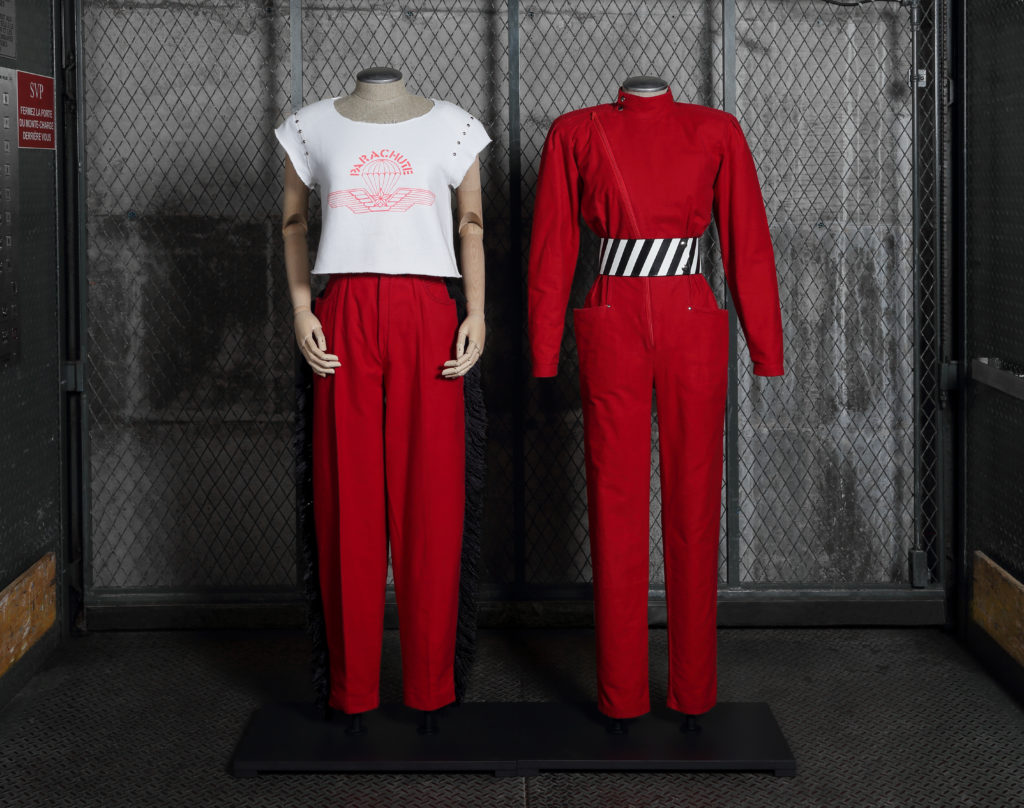
Left: Logo sweatshirt and “Fringed Cowboy” pants, about 1979. Gift of Nicola Pelly, M2019.121.3, 17, McCord Museum
Right: Jumpsuit, 1979-1980. Gift of Nicola Pelly, McCord Museum, M2019.121.61
The 1980 launch of their first American retail outlet, in New York City, was a pivotal moment in the history of Parachute. Located in the SoHo neighbourhood, the store covered over 2,000 square metres, an immense space with only a small area devoted to the clothing. Designed like a public square, the store had no mirrors and the fitting rooms were positioned right in the middle of the space, encouraging patron interactions. Though the store was a risky undertaking, it epitomized the energy and audacity that drove Parnass and Pelly’s success throughout their career.

Jumpsuit, Parachute, 1980-1989. Gift of Katherine Cleaver, M2014.111.52, McCord Museum
The new shop offered New Yorkers avant-garde fashions in an ethereal universe, with metal accents and television screens against an industrial concrete background.
Customers flocked to the store. Parachute clothing quickly made its way into the most prestigious department stores in the United States, like Macy’s, Saks Fifth Avenue, Neiman Marcus and Bergdorf Goodman. By the early 1980s, the Parachute brand was sold in nearly 150 stores across the United States.
In the fall of 1981, the Italian company Lavori in Corso began distributing Parachute creations in Europe. Several months later, given the clothing’s popularity, the distributor negotiated a license to produce Parachute in Europe. At the same time, the Japanese company Aida Corporation was distributing the brand in Japan. Parachute continued its dizzying growth until 1985. Stores were opened in Saudi Arabia, Lebanon, and Australia; at its peak, Parachute was sold in some 400 stores around the world, including 200 across Europe. Still based in Montreal, Parnass and Pelly oversaw their stores and manufacturers in 15 countries, including Turkey, Italy, Japan, Korea, and Hong Kong. In the early 1990s, Parachute was making annual sales of $50 million.
Locally as well as in the United States, Europe and Japan, the fashion and business press hailed the retail tidal wave from Montreal known as Parachute, holding up the company’s rapid success as an example. The design world lauded Parachute stores for how they integrated clothing into the retail space (notably the magazine Progressive Architecture). Parachute’s bold, conceptual clothing appealed to many American celebrities.
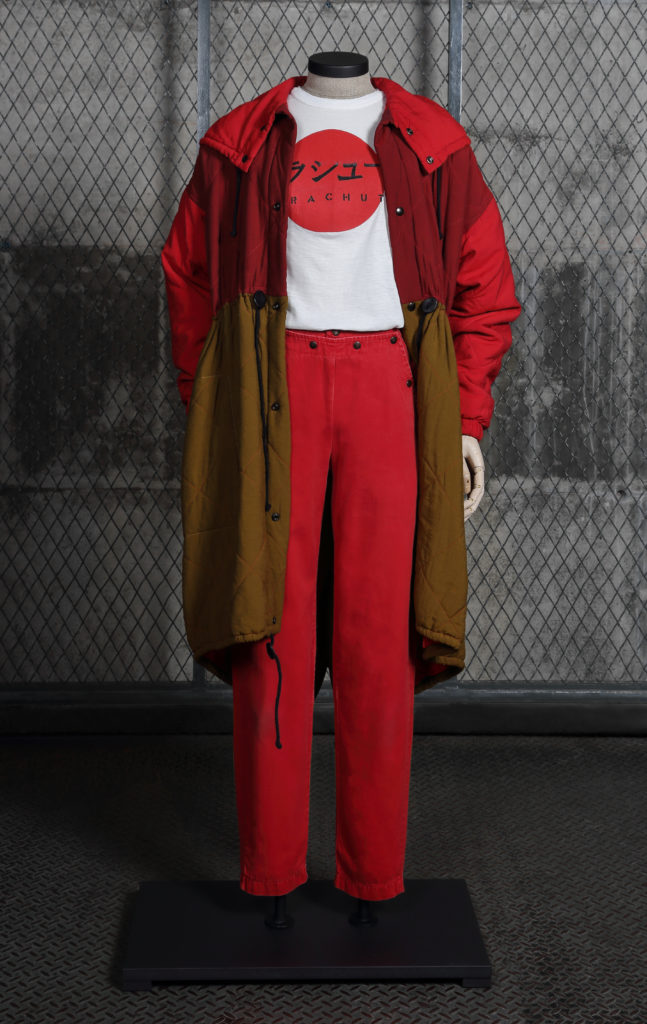
“Long Quilted” parka, Autumn-Winter 1990-1991. Gift of Nicola Pelly, M2019.121.34, McCord Museum
Logo t-shirt and “Sailor” pants, about 1981-1983. Lent by Nicola Pelly
At the legendary Live Aid concert, the mega-benefit concert organized by Bob Geldof and Harvey Goldsmith in July 1985, Parachute dressed over twenty of the world’s most popular rock stars.
Madonna, Peter Gabriel, Sting, Mick Jagger, Stevie Wonder and Duran Duran all became clients of Parachute. When Parachute began dressing the two stars of the hit television series Miami Vice, its influence extended to young professionals and executives.
Although the brand continued to thrive until the late 1980s, the 1990s signalled the beginning of the end. Parnass and Pelly were spending a lot of time managing the business, leaving them very little time to create. On top of the less favourable economic climate, the birth of their second child in 1992 helped the couple decide to end their venture in 1993.
Parachute was emblematic of the 1980s—a factor that was both the brand’s strength and weakness. After two decades of individualistic fashion trends in the 1960s and 1970s, the 1980s saw a resurgence in strong, collectivist styles that imposed a common vision. There was a return to affirmation through consumption and people proudly sported brands and logos. Parachute capitalized on this trend. Like many of the new European designers in the 1970s and 1980s, the Parnass-Pelly tandem took inspiration from the punk movement, world cultures and the Russian constructivist aesthetic of the 1920s to design highly structured clothing.
As the pendulum swung back again with the advent of the 1990s, the “urban armour” concept suddenly seemed overly rigid as consumers turned their focus to combining wardrobe elements to create a personal style.
Parachute garments were not just anchored in the mood of an era, they were also an integral part of the physical store environment. Parnass’s stroke of genius, which was to associate a clothing style with an architectural context to create the “Parachute spirit,” meant that the pieces on their own lost some of their impact.
In North America, Japan and Europe, all the way to the fashion capitals of London and Paris, Parachute played a ground-breaking role that ultimately benefited the entire industry. In this respect, Parachute was one of the iconic fashion brands of the 1980s.
The exhibition Parachute: Subversive Fashion of the ‘80s was held at the McCord Stewart Museum from November 19, 2021, to April 27, 2022. The exhibition presented some 70 outfits, including two stage costumes from the personal collection of Peter Gabriel, over 140 archival documents (sketches, advertisements, promotional photographs and images taken in Montreal’s night clubs), as well as exclusive interviews, and video excerpts of fashion shows and concerts.
Parachute: Subversive Fashion of the ‘80s
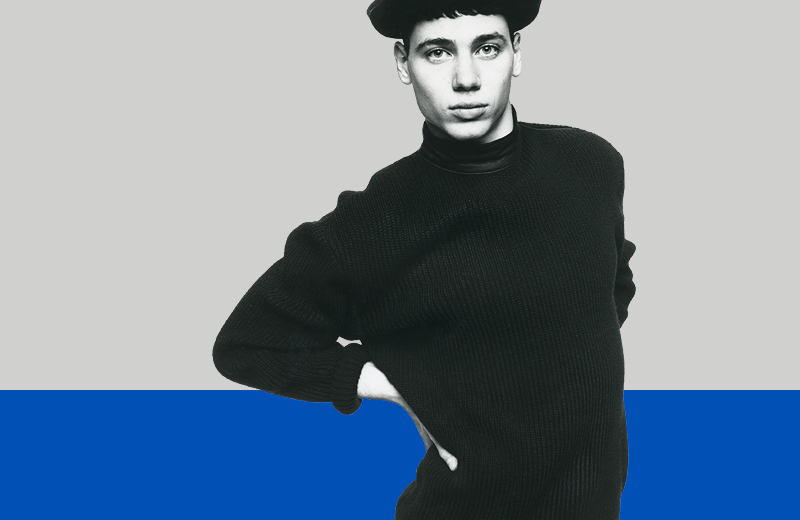
Walk through the exhibition galleries © McCord Stewart Museum, 2022
Sources
Bannon, Lisa. “Parachute: The Architecture of Fashion”, WWD/Canada, September 1985, p. 20-21.
Beirne, Anne. “Golden Parachute: Two High-Fashion Clothiers Tell The SoHo Crowd How Best to Dress”, Canadian Business, vol. 58, no 2, February 1985, p. 26 and 30.
Burke, Dan. “Fashion. Parachute’s High-Flying Success”, Maclean’s, vol. 99, no 45, 10 November 1986, p. 62 and 64.
Doubilet, Susan. “All the World’s a Stage”, Progressive Architecture, September 1984, p. 86-92.
Dumas, Jocelin. “Parachute : une voilure qui couvre le jet-set”, Le Devoir économique, vol. 1, no 2, October 1985, p. 30-31 and 35.
Dunn, Brian. “Parachute Lands in Fast Lane. Montreal-Designed Fashions a Hit in Lucrative U.S. Market”, The Gazette Business, Montreal, 16 March 1985.
Goodwin, Betty. “Urban-Armor Concept Tells the World Who You Are”, Los Angeles Times, 8 February 1985.
Harting, Diane. “Super Ego. Parachute, an attitude/un style de vie”, Ego. The Men’s Fashion Magazine/Le magazine de la mode masculine, vol. 1, no 4, October 1986, p. 26-28 and 62.
Sgroi, Barbara. “The Parachute Club”, Flare. Canada’s Fahion Magazine, March 1984, p. 102-109.
Wagner, Michael. “Design Practice: Harry Parnass Parachutes to Success With Unorthodox Tactics to Inspire Up and Comers”, Interiors, May 1986, p. 364.
Publication date
01/10/2004
Writing
Dicomode
Share
DownloadRecommended entries
© MCCORD STEWART MUSEUM 2025





